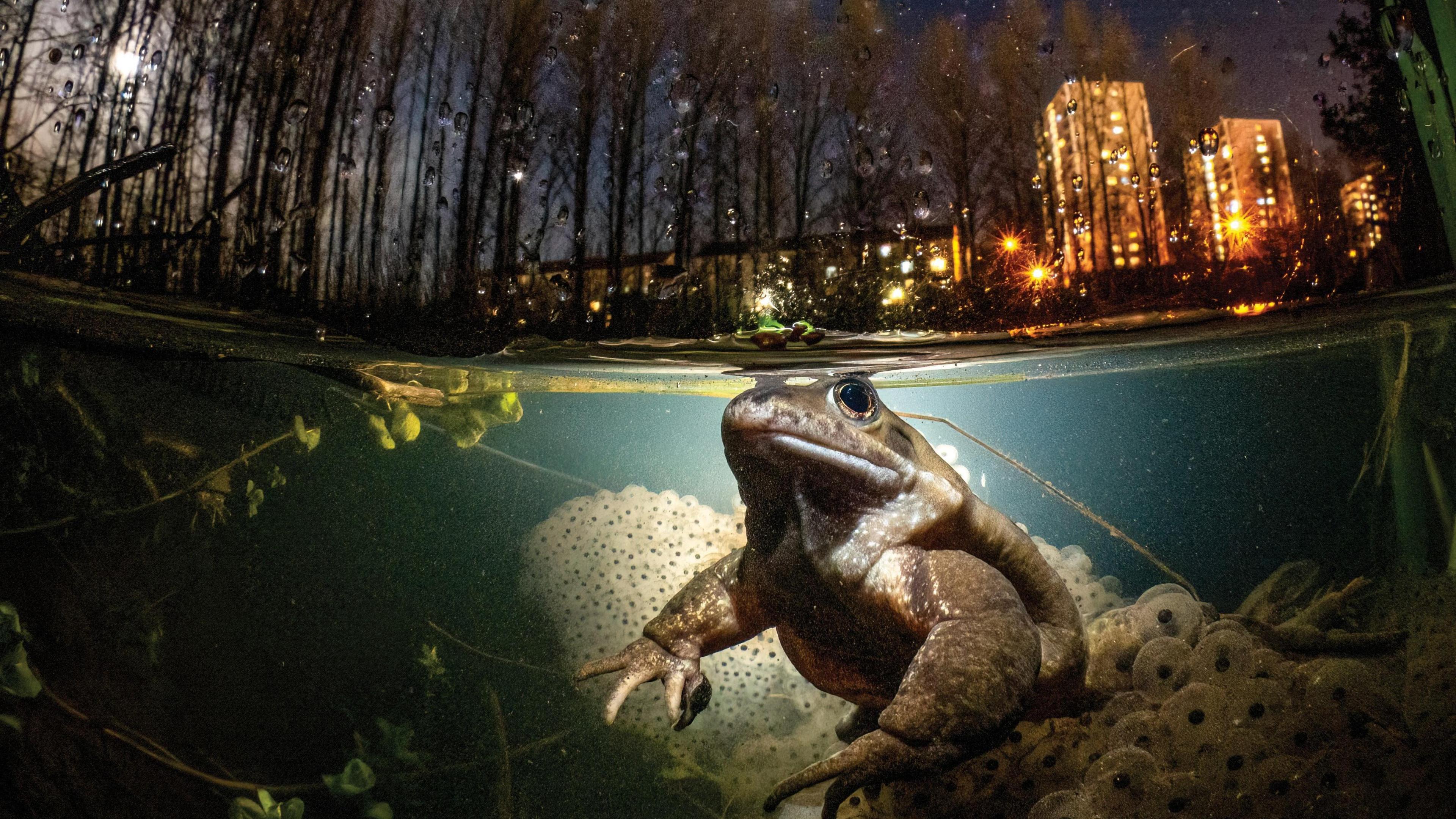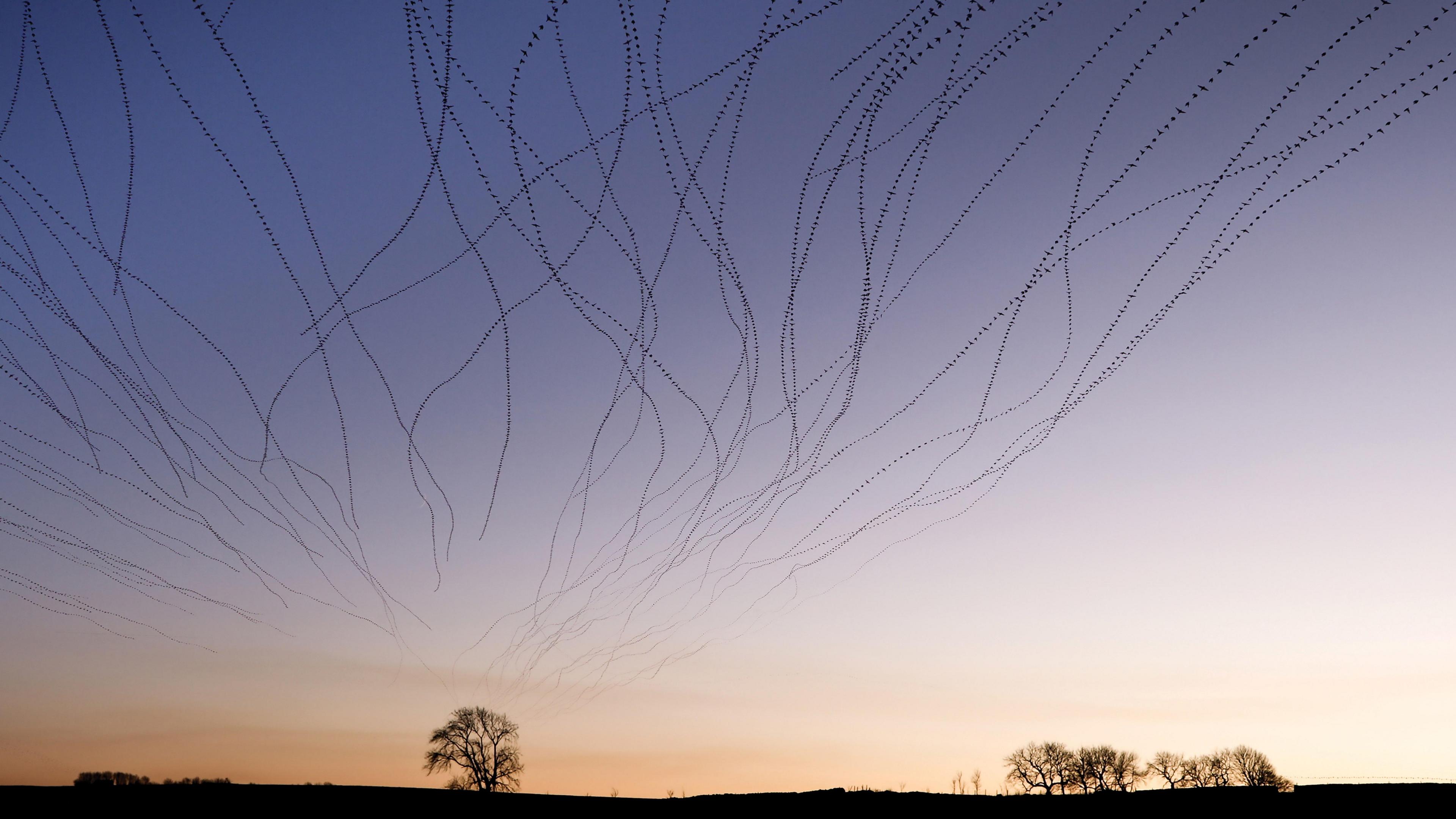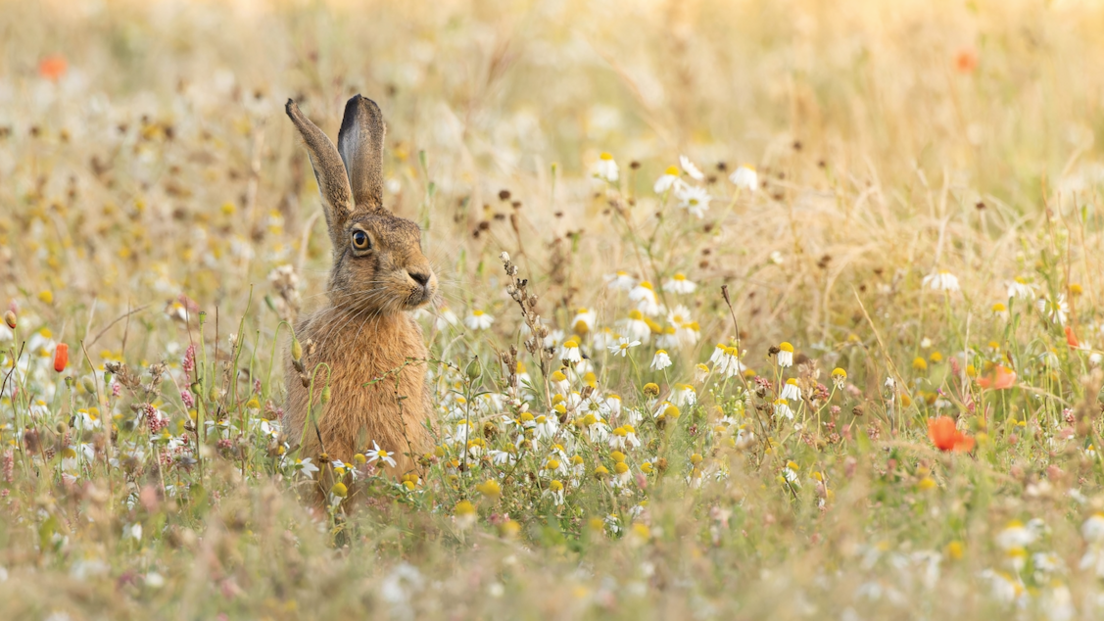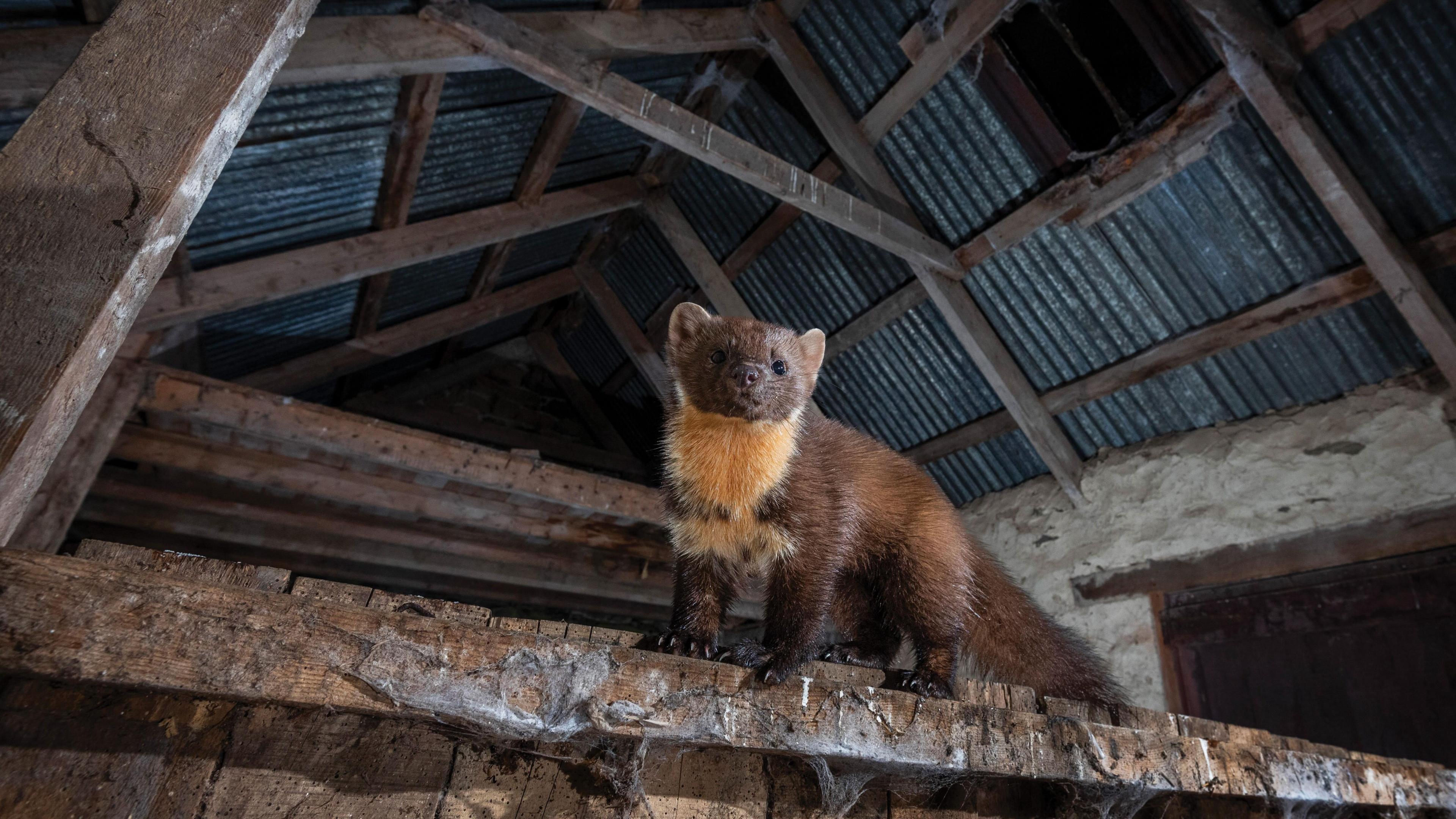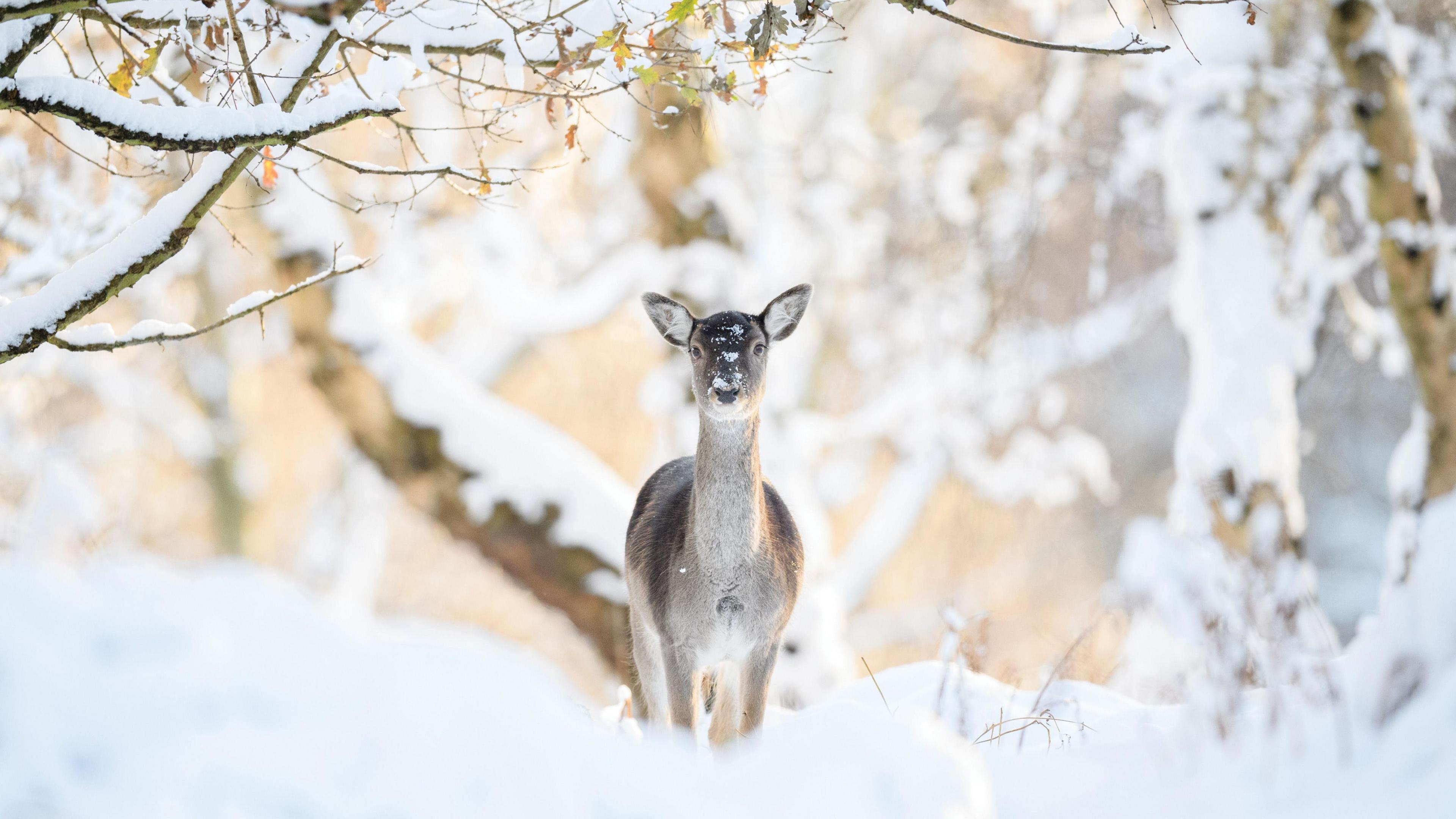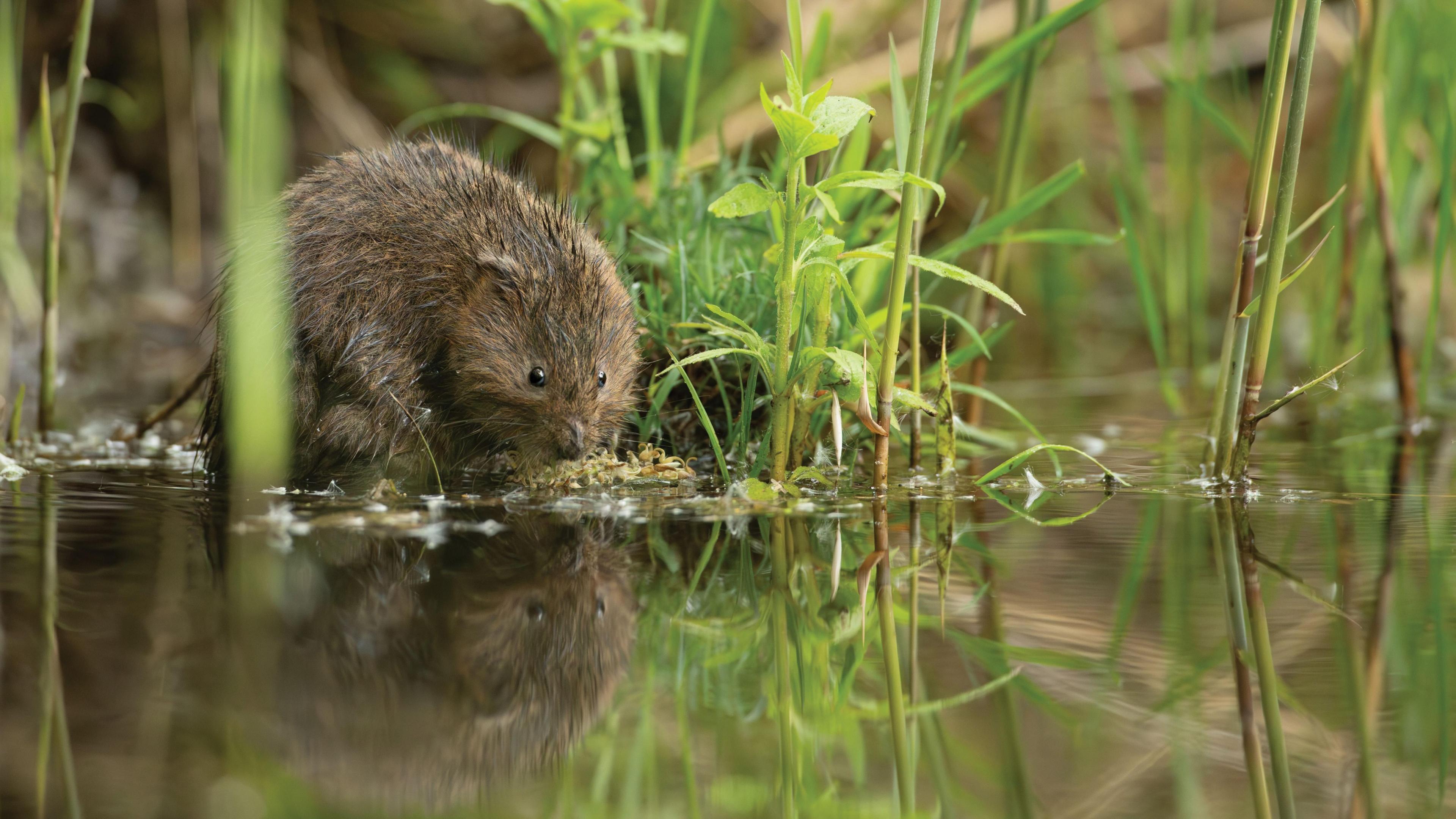Photographers rally to highlight wildlife loss
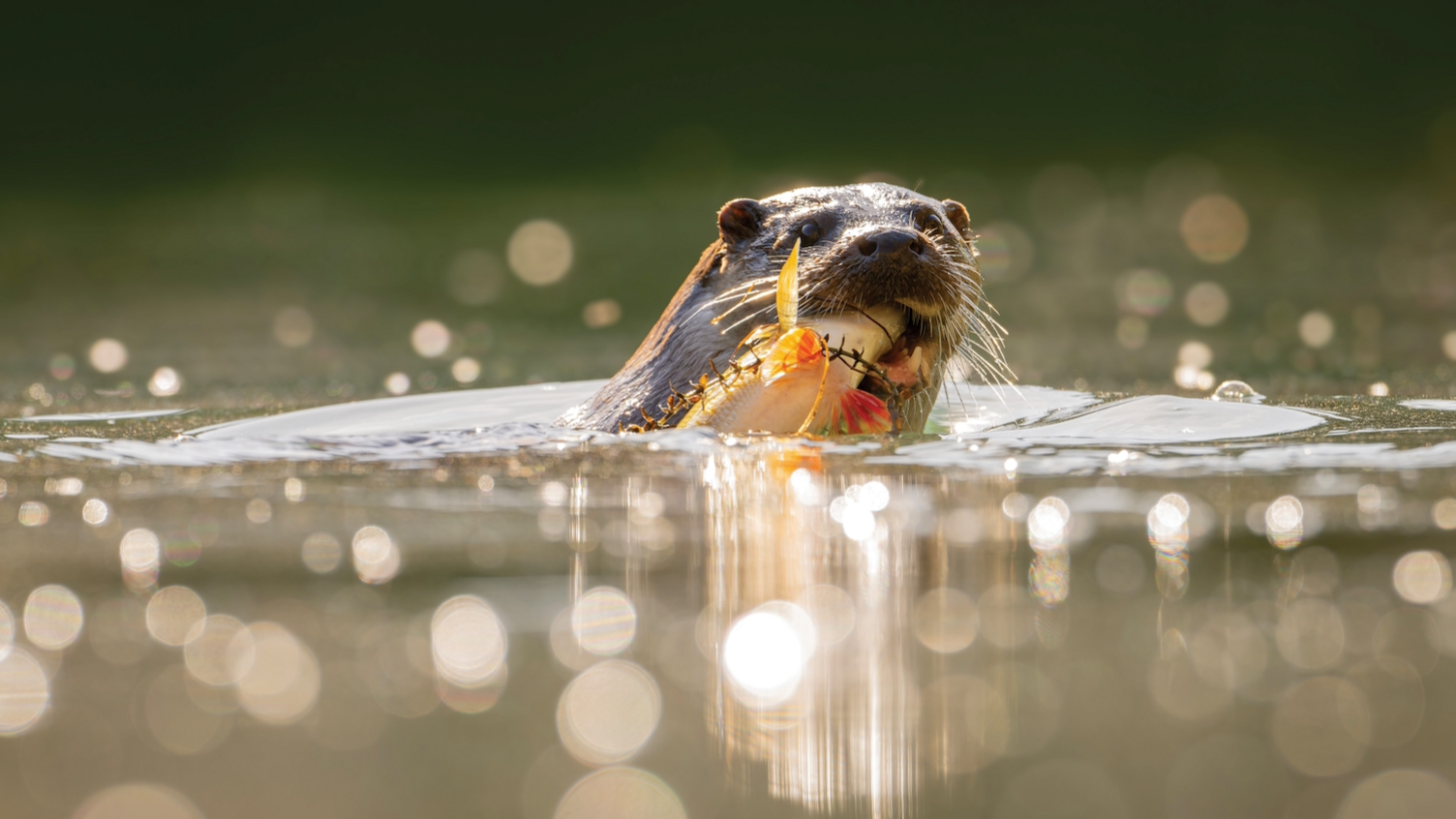
The photographer said watching otters chase fish was like witnessing "a frantic, elegant dance"
- Published
Some of the UK's top wildlife photographers have come together to highlight the dwindling of habitats needed to support wildlife.
A book containing dozens of images has been produced as a "manifesto to what is at stake," said Irene Amiet, who heads the Wilder Britain project.
"We can only feel nature's losses if we know what we stand to lose," she added.
Photographers "continuously observe the changes in our local landscapes and how wildlife numbers keep diminishing," she said.
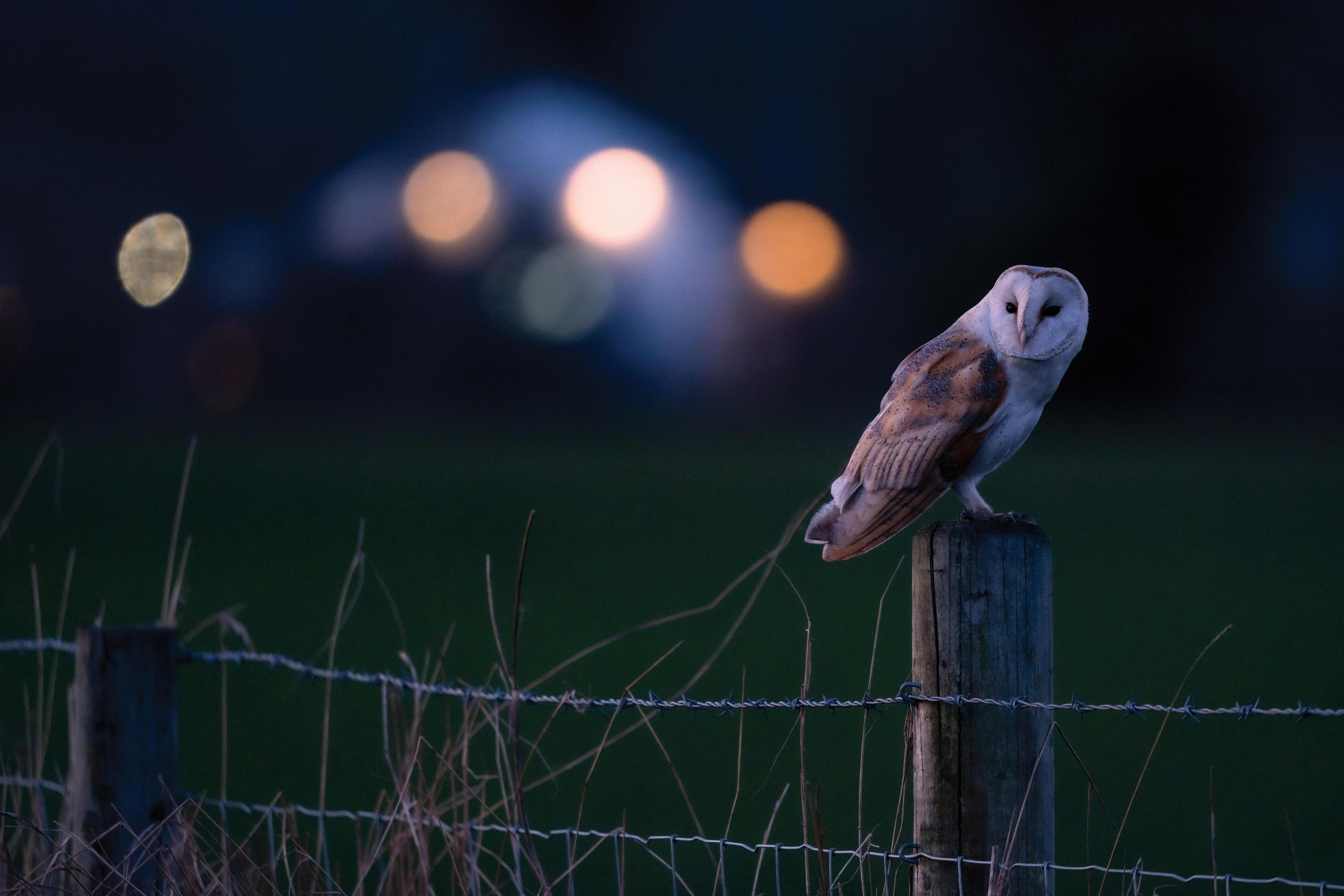
Lancashire-based photographer Irene Amiet is behind the Wilder Britain project
The photographer, who lives in the Ribble Valley in Lancashire, said she had been focusing on her local owl population, which had "decreased rapidly" following last year's cold winter.
"You can't take anything for granted," she added, "one minute you think you have a healthy population but then everything can change".
More than 60 photographers had donated images for the book, with all profits going to the Rewilding Britain organisation, she explained.
- Image source, Rob Read

Image caption, Photographer Rob Read captured this image of a great tit in his Hampshire garden.
1 of 7
Across the country habitats are rapidly disappearing due to "expanding towns and construction," said Worcestershire photographer Sarah Drury.
"Each lost piece takes with it irreplaceable biodiversity and a little of our shared natural world," she added.
"Yet through local conservation efforts and community awareness, there remains hope to restore habitats before they're gone forever."

Sarah Drury spotted this Exmoor pony in Somerset

It is estimated that there are only just over 500 capercaillie left in the UK
Staffordshire-based Andrew Mason said he had witnessed a "worrying" decrease in wildlife in his local area.
"We're losing our butterflies, we're losing our bees, our insects," he explained.
"We've seen a reduction in the birds because the farmers are cutting the hedgerows, taking away their food source for the winter.
"It's really quite upsetting," he added.
There are some positive conservation efforts going on, he added, "but we really have to work at this if we stand a chance of saving what we've got left."
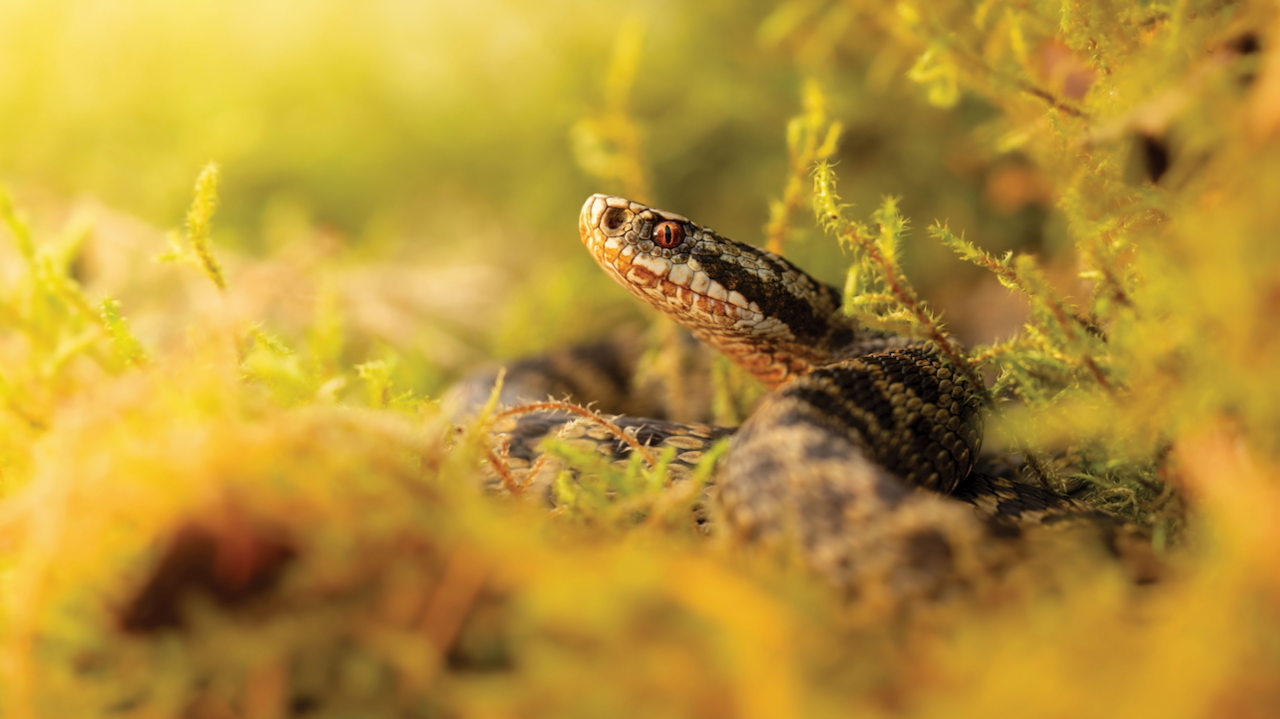
Britain's only venomous snake, the adder, was captured on a still March morning in Staffordshire.
Shropshire photographer Andrew Fusek Peters said it took several years of searching to find and photograph black darter dragonflies
Their favourite spots to roost include the reed beds on the Long Mynd, in the county.
"Sadly, climate change and the drying up of the shallow bog pools they favour for breeding has seen a precipitous decline of this iconic species," he said.
"Dawn is a magical time and if you are lucky, you might find a male and a female drenched in dew, glittering like Faberge broaches in the early sunshine," he added.
"Determined conservation efforts are underway to reverse their fate."
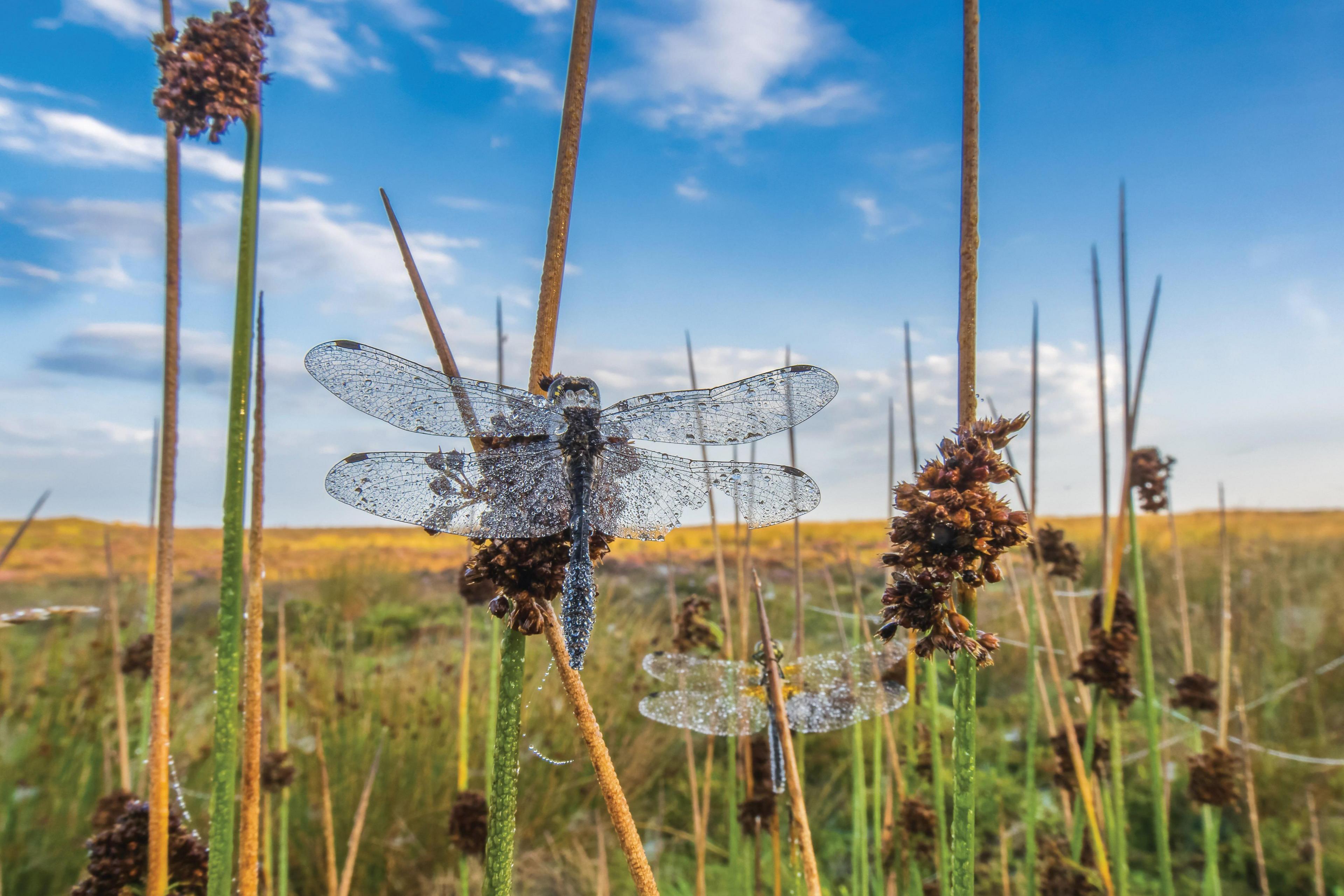
A pair of Black Darter dragonflies were snapped on the Long Mynd in Shropshire

An image of two brown hares boxing in the snow was the culmination of spending a week lying in freezing snow, said Alastair Marsh
Wilder Britain is published by Wilder World. , external
Famous wildlife exhibition to visit Wolverhampton
- Published8 September
Back garden's wildlife beauty captured over decade
- Published18 May
Photographer stops time to snap butterflies and birds
- Published30 December 2023
Follow for more pictures on Instagram from BBC Birmingham, BBC Coventry & Warwickshire, external, BBC Hereford & Worcester, external, BBC Shropshire, external, BBC Stoke & Staffordshire, external and BBC Wolverhampton & Black Country, external
